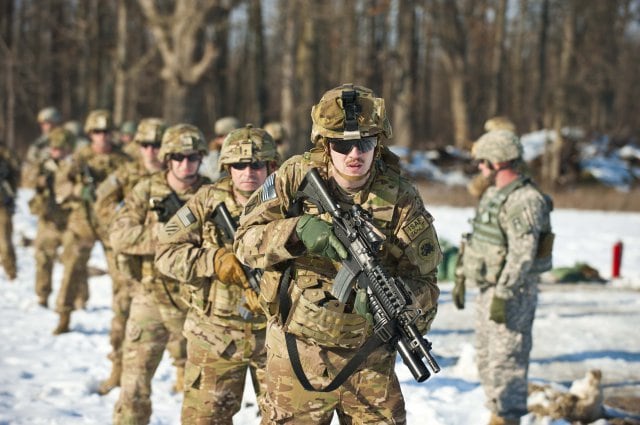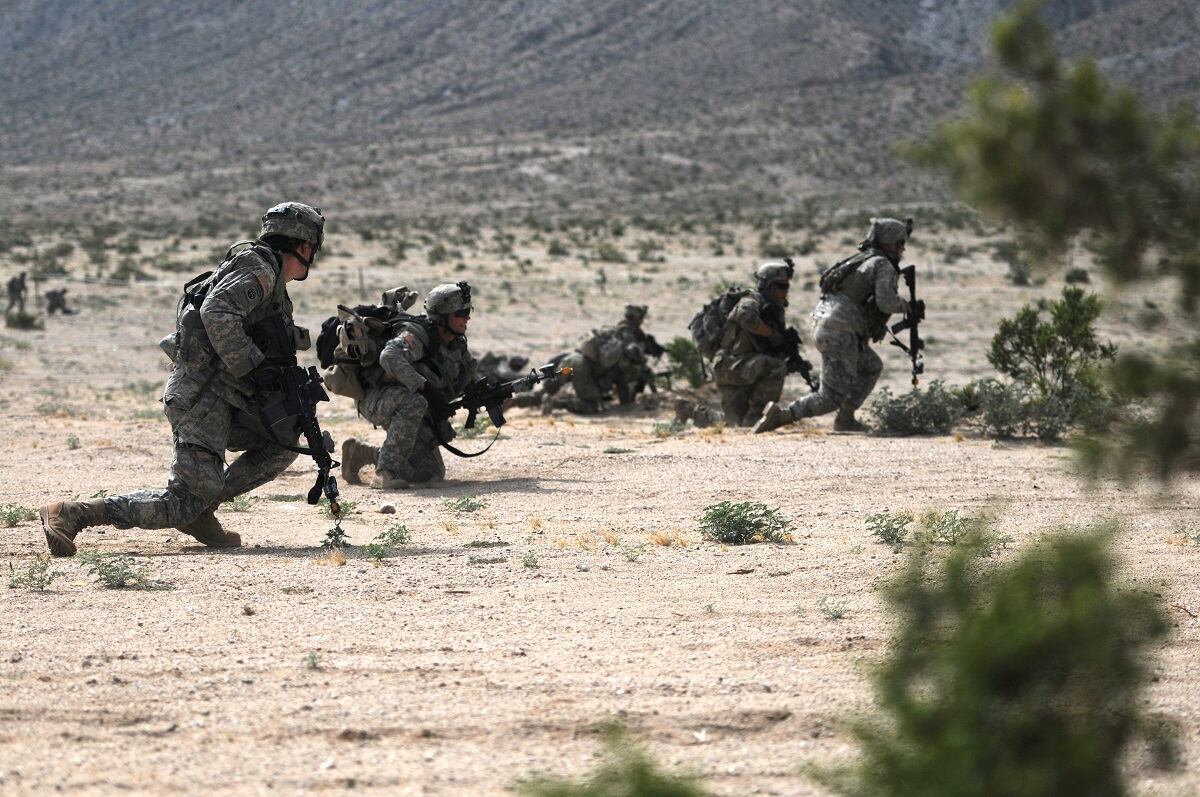The Army National Guard wants to maximize readiness through training, leadership development and a resilient force, according to its director.
“Obviously, people are the backbone of everything we do in the Army National Guard, and we’re going to use our knowledge and experience and perspective to effect mission readiness,” Lt. Gen. Timothy Kadavy told Army Times.
The Guard will do this through training, education and as much predictability as reality allows, he said.
Training
Kadavy said 2018 is going to be a big year for the Army National Guard in terms of training.
There will be four combat training center rotations: two at the National Training Center at Fort Irwin, California, and two at the Joint Readiness Training Center at Fort Polk, Louisiana.
“That’s a big step forward,” he said.
The Guard will also have annual external training center rotations to prepare for four CTC rotations the following year.
The external rotations enable brigade combat teams to train during non-combat training center years.
The Guard’s armored and Stryker BCTs will have additional training days over a four-year cycle, Kadavy said.
During a unit’s first year in the cycle, soldiers will train for 39 days, which is the standard and consists of one weekend a month and two weeks a year.
The training will increase to 45 days during the second year, and 60 days each in the third and fourth years.
Most of the Guard operates on one weekend a month and two weeks a year, but the additional training is for specific units that the Army requires more readiness from, Kadavy said.
The Army’s armored BCTs are in high demand for deployments to Kuwait, South Korea and Europe, which requires additional training.
“Later this spring, our 155th Armored Brigade Combat Team from Mississippi will be mobilizing and deploying to Operation Spartan Shield,” Kadavy said. “They’ll be the armored brigade combat team in Kuwait.”
RELATED

He added that mobilizations, deployments and deployment training are the Guard’s best retention tools.
“Our soldiers who join today want to be used,” he said. “They want to be part of the national security, and they want to respond to our citizens in times of emergency.”
Leader development
The Guard is also focused on professional military education, Kadavy said.
“We’ve got some work to do there to bring up our percentages — the good news is that the school dollars funding has increased over the last two years,” he said, which means the Army doesn’t have to choose between soldiers going to school or attending collective level training with their units.
“We have the funding for them to do their professional education and train with their unit,” he said.
Predictability
When it comes to balancing Guard soldiers’ military and civilian lives, Kadavy said it’s all about predictability.
“Just like everybody else, they have families, they have employers, and there’s always something going on,” he said. “And so the most important thing is that we give them the predictability far in advance so those key family events can be planned around.”
It’s also important that employers know when soldiers won’t be there because of training so they can plan accordingly, he said.
Even though the Army can’t predict when a crisis will arise and Guardsmen will be called up, the service can share changes in its training and commitments.
“We share [our soldiers] with their families and their employers,” he said.
Charlsy is a Reporter and Engagement Manager for Military Times. Email her at cpanzino@militarytimes.com.




